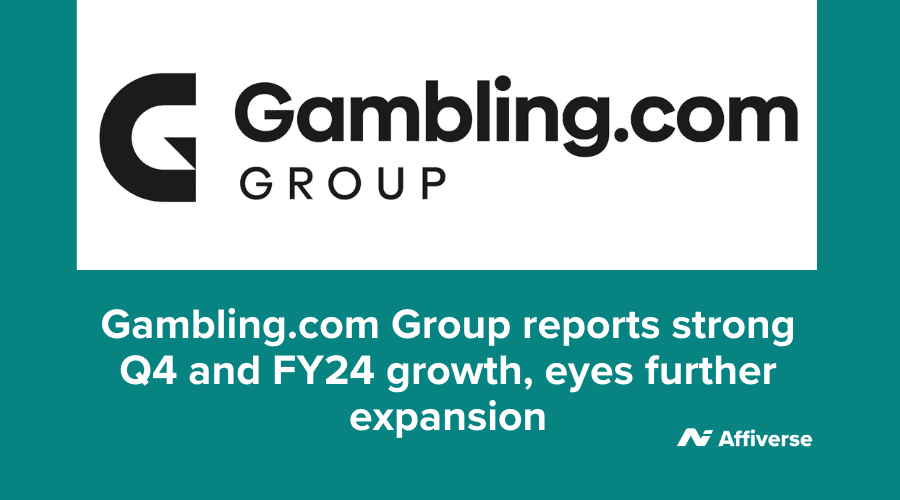In today’s digital landscape, it is no longer an option but a necessity for brands to shift their focus to content optimised for mobile viewing. With a growing number of consumers browsing the web for goods and services whenever and wherever they may be, coordinating mobile ad spend with consumer behaviour could have a positive impact on brand awareness and business growth going forward. Continue reading to find out why you should be focusing on mobile ad spend if you aren’t already.
To tap into a growing market
In order to succeed as a brand, you must ensure you are marketing to your intended target audience. With more consumers than ever before transitioning to online shopping, focusing on mobile ad spend can allow you to expand your reach and drive customer traffic and engagement. As of 2021, global smartphone ownership has surpassed personal computer ownership. As a result, you stand to lose not only customers but profits by continuing to focus on content curated for desktop-only viewing. Mobile categories have also undergone a number of changes in recent years. With previous content tending to focus on business, news, and finance only, current content covers a wide range of industries, sectors, and niches from communication and e-commerce to food and drink delivery and social media. With almost half of the world’s population owning a mobile phone and this gap widening even further within developing markets, the mobile era is here to stay.
To facilitate safer transactions
If a customer is wary of a brand or their method of online payment, they are unlikely to continue with the sale. If a customer is confident that their personal data is in safe hands during the entire checkout process, on the other hand, they are not only likely to make a purchase but return time and time again as well as recommend you to a friend or family member. By purchasing goods and services from an online platform, customers are usually required to submit identifying information in order to verify the transaction. By purchasing goods and services from a mobile app or website, on the other hand, customers can check out at the touch of a button, or even with biometrics. This, combined with greater flexibility and ease of use, is the main reason why consumers are much more likely to shop via their smartphone as opposed to a desktop computer.
To stay ahead of the curve
Whilst consumers are flocking in their millions to mobile domains, brands have, historically, remained a little more cautious. Progress does, however, appear to be on the horizon with ad spend in 2020 increasing by up to 19% despite the recent global economic turndown. With businesses continuing to return to some sense of normalcy in 2021, this number is only expected to rise in the coming months. Mobile spending also now comprises a great deal of digital spending for small businesses and large corporations alike on with this number also expected to rise as brands continue to get involved in the digital revolution. A number of brands are less enthusiastic, however, due to consistently low levels of development and investment in the in-app space. This is largely due to public misconceptions, safety concerns, and a lack of information.
To target the right customers
If a customer subscribes to a platform or service, the brand in question can learn a great deal about the customer. This includes what they enjoy, what they don’t enjoy, as well as what they are likely to enjoy. The type of information that can be extracted from these services includes demographic information, viewing trends, aggregated information sources, user habits, viewing history and preferences. As a result, a mobile device can be the perfect tool for analysing customer behaviour and targeting the right customers. Whilst most personal computers tend to be shared, a smartphone is usually reserved for a single individual. As targeted ads are tailored to each individual user, they tend to be more useful, relevant, interesting, and unique. Because of this, users are much more likely to engage with them and make a purchase and brands can benefit from greater traffic and interaction.
To introduce location-based advertising
If a customer enters a café, location-based advertising can inform them of any offers, promotions, and deals they may be entitled to. This can be a great option for small or local businesses looking to promote their goods and services to the wider community. By focusing on mobile ad spend, they are much more likely to increase brand awareness and boost their profits in the long run.
By focusing on mobile ad spend, brands can tap into a growing market and facilitate safer transactions. They can also stay ahead of the curve, target the right customers, and introduce location-based advertising.



















